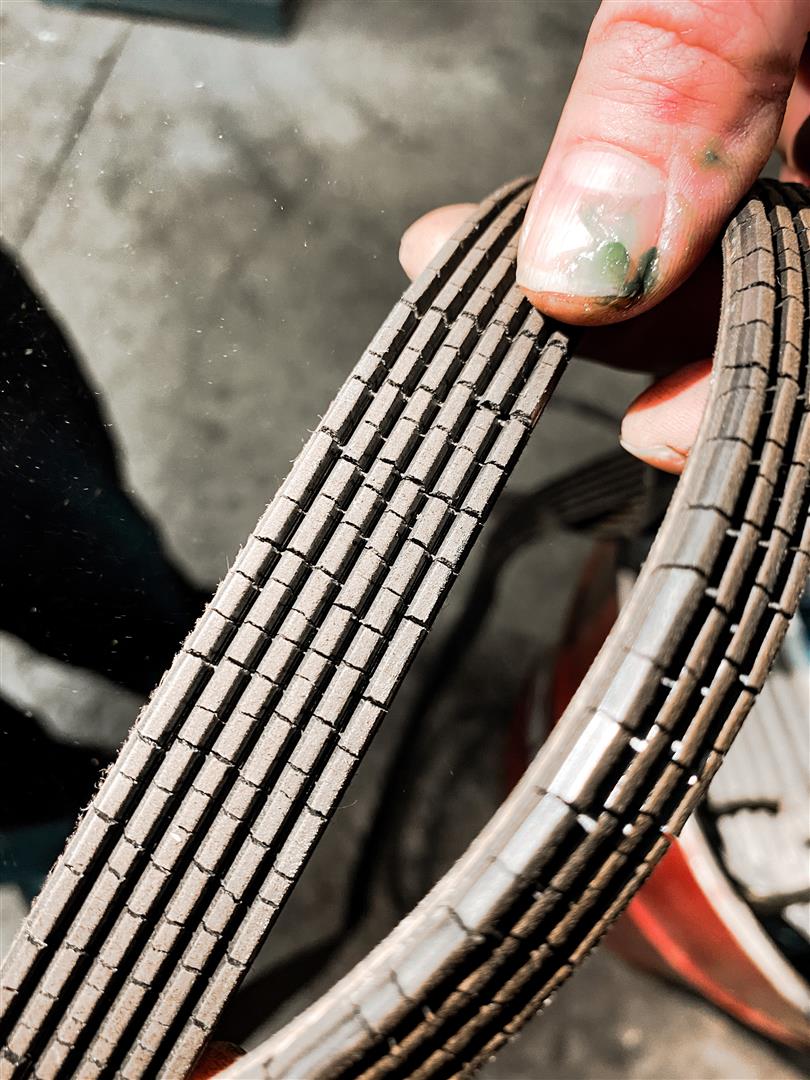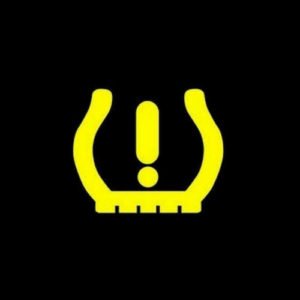Posted on 3/5/2025
.jpg)
When purchasing a new car, one of the questions many buyers face is whether or not to invest in an extended warranty. While the allure of added protection and peace of mind can be strong, it’s important to weigh the pros and cons before making this decision. What Is an Extended Warranty? An extended warranty, sometimes called a vehicle service contract, is an optional plan that covers specific repairs and services beyond the original manufacturer's warranty. Typically, new cars come with a factory warranty that covers major components for a set period (e.g., 3 years or 36,000 miles). An extended warranty kicks in after this original warranty expires. Pros of Purchasing an Extended Warranty Peace of Mind: Knowing that potential costly repairs could be covered can provide significant comfort. Protection Against Expensive Repairs: Modern vehicles are equipped with advanced technology, and repair costs can add up quickly. Customizable Coverage: Many extended warranties offer ... read more
Posted on 12/31/2024

Choosing the right auto repair shop is a critical decision for every vehicle owner. Whether it’s a routine oil change or a major repair, drivers want to ensure their car is in trusted hands. So, what makes an auto repair shop stand out? Here are the top features customers commonly look for when selecting an auto repair service: 1. Trustworthiness When it comes to auto repair, trust is everything. Customers value shops that provide honest diagnostics and transparent pricing. They want to feel confident that they’re not being sold unnecessary repairs or overcharged for services. Building a reputation for integrity and straightforward communication is key to earning customer loyalty. Here at Dickerson Automotive, we’ve spent 25 years building and maintaining the trust of our valued customers.2. Qualified Technicians The expertise and certifications of the mechanics can make or break an auto repair shop’s reput ... read more
Posted on 8/6/2024

The Importance of Serpentine Belt Replacement and Symptoms of a Worn Belt The serpentine belt is a crucial component of your vehicle's engine, responsible for driving multiple peripheral devices such as the alternator, power steering pump, water pump, and air conditioning compressor. Keeping this belt in good condition is vital for the proper functioning of your car. Here’s why timely serpentine belt replacement is important and how to recognize the signs of a worn belt. Why Replace the Serpentine Belt? 1. Prevent Engine Overheating: The serpentine belt drives the water pump, which circulates coolant through the engine. A failed belt can cause the engine to overheat, leading to significant damage. 2. Maintain Power Steering: Without a functioning serpentine belt, the power steering pump won't operate, making the vehicle difficult to steer and increasing the risk o ... read more
Posted on 3/20/2024

Are you on the hunt for a new vehicle but wary of long-term expenses? Your quest for the most economical vehicle to own ends here! We've conducted extensive research to guide you towards finding the most budget-friendly option. From initial purchase price to ongoing maintenance and fuel efficiency, let's delve into the key factors that shape a financially prudent ownership experience. 1. **Budget-Friendly Purchase Price:** When seeking the most economical vehicle for ownership, kickstart your search with the initial purchase price. According to insights from Car and Driver, models like compact cars and entry-level sedans often boast reasonable price tags, striking a balance between upfront cost and long-term value, making them an optimal choice for budget-conscious shoppers. 2. **Fuel Efficiency:** Among the primary ongoing expenses of vehicle ownership lies fuel costs. Car and Driver's evaluations emphasize the importance of prioritizing vehicles with ste ... read more
Posted on 7/27/2022

Most vehicles manufactured after 2008 are equipped with a warning light for low tire pressure called the tire pressure monitoring system (TPMS). The system alerts you if any of your vehicle's tires have low pressure using sensors to track the tire pressure. However, the sensor only shows when the tire pressure is below 25 percent of the recommended manufacturer's pressure for safe driving. You should, therefore, not substitute regular tire pressure checking with the TPMS. In most vehicles, the warning light is a yellow wheel's cross-section on the vehicle's dashboard. Some vehicles will also display a low-pressure message with the exact tire with low pressure. Why You Should Never Ignore the TPMS Warning Light Driving with a low tire pressure affects your vehicle's handling, performance, and, more significantly, your safety. Underinflated tires tend to flex more and generate more heat which may cause the tire's internal components to overheat and break down ... read more